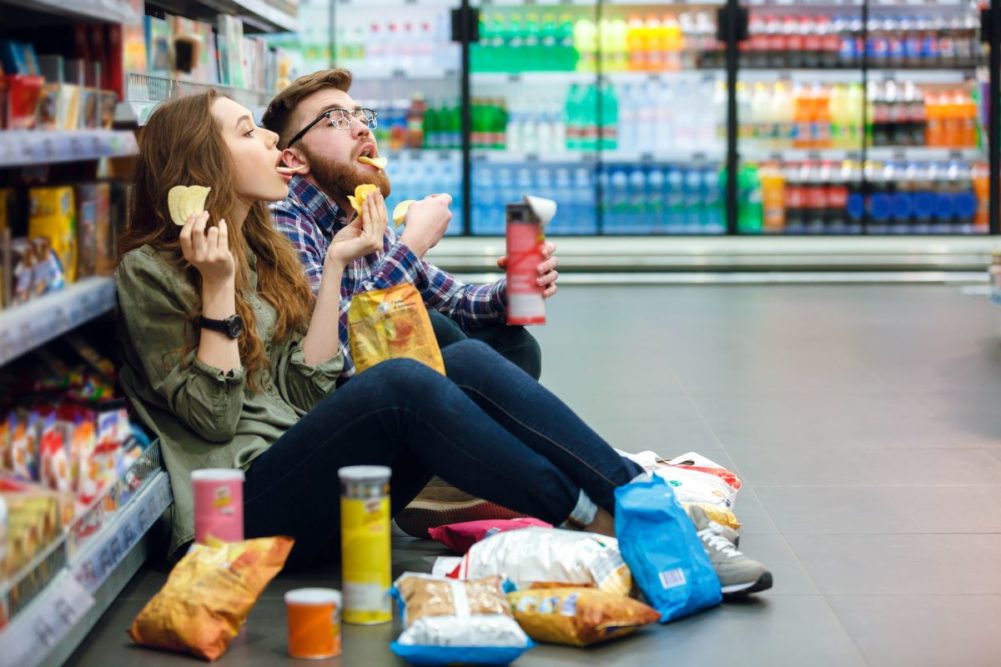KANSAS CITY — In deciding to acquire Nabisco Holdings Corp. in 2000 to combine with its Kraft Foods Inc. business, the buyer saw a compelling strategic imperative. “Today Kraft has a 6% share of snacking. Tomorrow, that share will grow to nearly 20%,” Philip Morris’s chairman and chief executive officer Geoffrey C. Bible said at the time.
While snacking had become steadily more popular among consumers over the course of the 1900s, it was the $18.9 billion Nabisco-Kraft transaction that dramatically established snacking as the category of choice for consumer packaged goods (CPG) companies looking for ways to outperform their peers.
Mr. Bible’s rationale in 2000 was straightforward: “The high-margin snacks category is large and growing. In the US alone, the category accounted for some $50 billion in retail sales in 1999, which grew at 4%. This is twice the food industry rate.”
In the 22 years since that transaction, the idea that snack food is “the fairest category of them all” has never lost currency. Pursuit of growth through snacking has taken a variety of forms, from the Kellogg Co.’s purchase of the Pringles business from Procter & Gamble in 2012 (and a plan to spin it off to maximize shareholder value in 2022), the decision in 2012 by Kraft to spin off its snack business (creating Mondelez International, Inc.) and the Apollo/Metropoulos acquisition of only the snack cake business of Hostess Brands to a decision by the Hershey Co., already a snack business, to expand into the meat snack business for a few years beginning in 2015.
More recent developments demonstrate snacking has retained its potency as a driver of decision making by CPG executives. Private label manufacturer TreeHouse Foods, Inc., Oak Brook, Ill., spent years building its pasta business, but last month company executives announced TreeHouse was exiting the pasta business and other smaller food segments to become, in the words of Steven T. Oakland, president and CEO, “a more focused leader in attractive private label snacking and beverage categories.” Elaborating on the deal, Mr. Oakland said simply, “The transaction improves our strategic focus on higher-growth, higher-margin categories.”
This rationale consistently has been buttressed by sales data and other indicators. In the 52 weeks ended Aug. 7, snack categories outperformed most other food segments, according to IRI, a Chicago-based market research firm. Unit sales of salty snacks grew by 0.7%. While not exactly heady growth, the change compared with decreases of 1.5% in sales of natural cheese, 3.2% in fresh bread and 3.3% in dairy milk, three like-size categories. Pasta sales were down 2%. Overall, of 174 categories tracked by IRI, 143 experienced unit volume decreases over the past 52 weeks.
Recently issued data from another source point to the continued strength of snack foods. In “Food & Drink 2022,” published by Brand Finance, a consultancy, the belVita brand of Mondelez International was identified as the fastest-growing food brand in 2022. Of the 10 brands included in the Brand Finance list, 3 were snack products — with Mondelez’s Oreo and PepsiCo’s Doritos included on the list.
When will the snacking trend peak? As the German proverb says, “trees don’t grow to the sky.” Recently published US Department of Agriculture data about consumer trends may offer clues. The number of Americans exercising increased by 4.4% and the number who smoke cigarettes fell 4% during the first year of COVID-19, according to the Department’s Economic Research Service. The data suggest the audience for healthier snacks may be growing. The USDA also cautioned that the prevalence of obesity grew 3% during the first year of COVID, a figure that casts a shadow of the trend of more and more snacking. The future for snacking appears promising and precarious at the same time.





